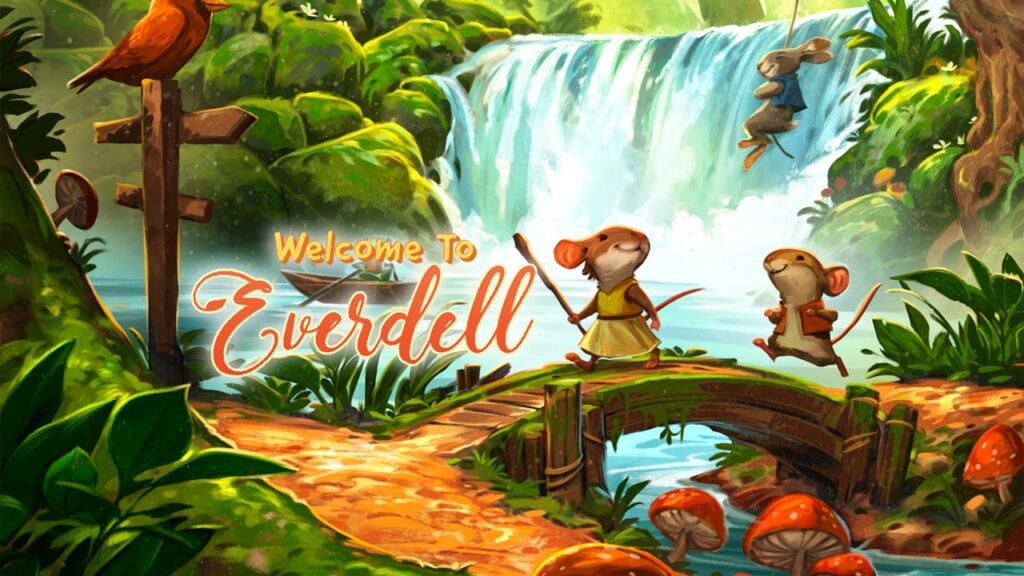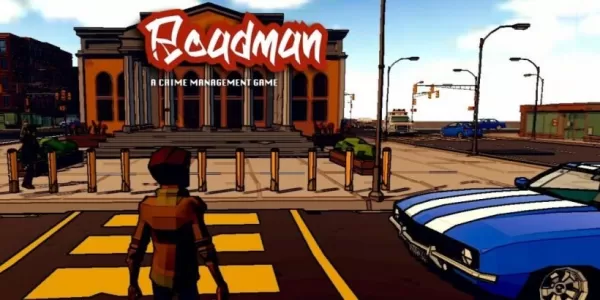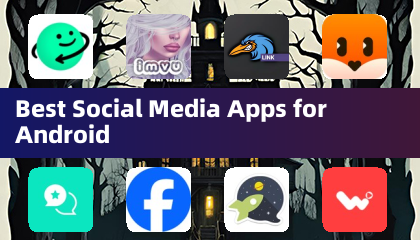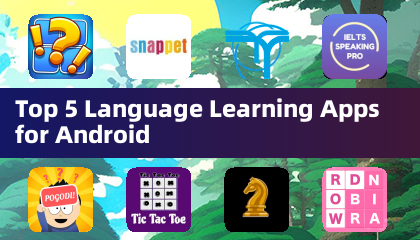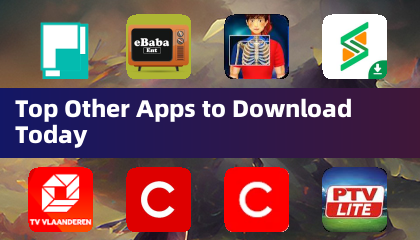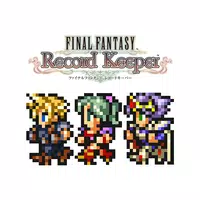Minecraft: From Humble Beginnings to Global Phenomenon
Minecraft's global popularity is undeniable, yet its journey to success was anything but straightforward. This article explores the evolution of Minecraft, from its inception in 2009 to its current status as a cultural icon and industry-shaping force. We'll delve into the key milestones that transformed a single programmer's vision into a worldwide phenomenon.
Table of Contents
- Initial Concept and First Release
- Building a Community
- Official Launch and International Expansion
- Version History
Initial Concept and First Release
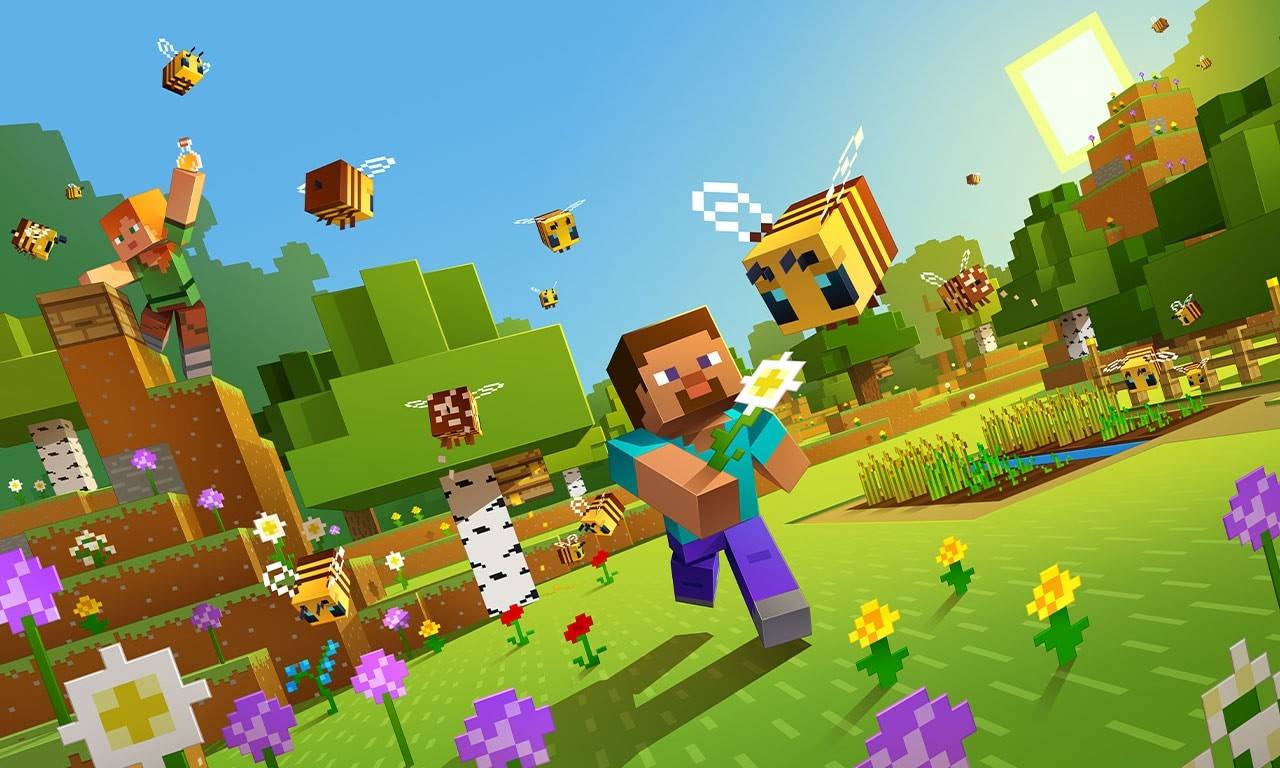 Image: apkpure.cfd
Image: apkpure.cfd
Created by Markus Persson ("Notch") in Sweden, Minecraft drew inspiration from games like Dwarf Fortress, Dungeon Keeper, and Infiniminer. Notch aimed to create a game emphasizing open-ended building and exploration. The alpha version, launched on May 17, 2009, was a lightweight, pixelated sandbox experience. Its simple yet engaging building mechanics immediately captivated players, laying the foundation for its future success.
Building a Community
 Image: miastogier.pl
Image: miastogier.pl
Word-of-mouth and online player communities fueled Minecraft's rapid growth. By 2010, the game transitioned to beta, prompting Notch to establish Mojang Studios to fully dedicate himself to its development. Minecraft's unique appeal stemmed from its limitless creative possibilities; players built homes, recreated famous landmarks, and even constructed entire cities. The addition of Redstone, a material enabling complex mechanisms, further enhanced the game's depth and replayability.
Official Launch and International Expansion
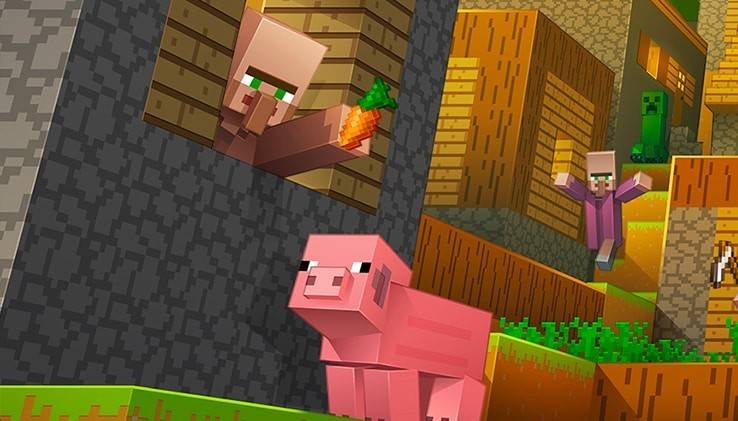 Image: minecraft.net
Image: minecraft.net
Minecraft's official 1.0 release on November 18, 2011, solidified its position as a gaming giant. Millions of players were already actively engaged, forming one of the largest and most vibrant gaming communities globally. Players generated countless modifications, custom maps, and even educational projects, showcasing the game's versatility. Mojang's expansion onto consoles like the Xbox 360 and PlayStation 3 in 2012 broadened its reach even further, introducing the game to a new generation of players.
Version History
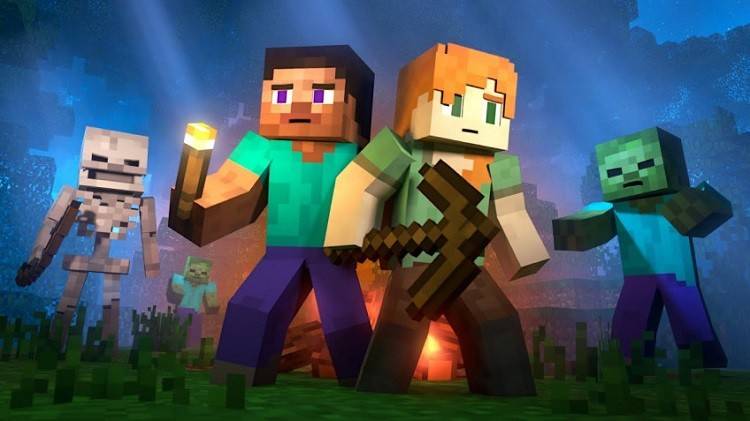 Image: aparat.com
Image: aparat.com
The following table highlights key Minecraft versions post-launch:
| Name | Description |
| Minecraft Classic | The original, free version. |
| Minecraft: Java Edition | Initially lacked cross-platform play; later integrated Bedrock Edition. |
| Minecraft: Bedrock Edition | Enabled cross-platform play across Bedrock versions. PC version includes Java. |
| Minecraft mobile | Cross-platform compatible with other Bedrock versions. |
| Minecraft for Chromebook | Chromebook-specific version. |
| Minecraft for Nintendo Switch | Includes the Super Mario Mash-up pack. |
| Minecraft for PlayStation | Cross-platform compatible with other Bedrock versions. |
| Minecraft for Xbox One | Partially Bedrock; no longer receiving updates. |
| Minecraft for Xbox 360 | Support discontinued after the Aquatic Update. |
| Minecraft for PS4 | Partially Bedrock; no longer receiving updates. |
| Minecraft for PS3 | Support discontinued. |
| Minecraft for PlayStation Vita | Support discontinued. |
| Minecraft for Wii U | Featured off-screen play. |
| Minecraft: New Nintendo 3DS Edition | Support discontinued. |
| Minecraft for China | China-exclusive version. |
| Minecraft Education | Designed for educational settings. |
| Minecraft: PI Edition | Educational version for Raspberry Pi. |
Conclusion
Minecraft's enduring legacy extends far beyond the game itself. It's a thriving ecosystem encompassing active communities, dedicated YouTube channels, merchandise, and official competitions. With continuous updates introducing new biomes, characters, and features, Minecraft continues to captivate players worldwide, solidifying its place as a true cultural phenomenon.

 Image: apkpure.cfd
Image: apkpure.cfd Image: miastogier.pl
Image: miastogier.pl Image: minecraft.net
Image: minecraft.net Image: aparat.com
Image: aparat.com LATEST ARTICLES
LATEST ARTICLES 